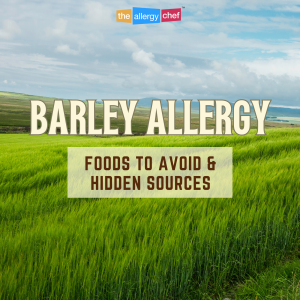Today we’re going to take a look at a barley allergy. This info is great for those who have been diagnosed with a barley allergy, or a gluten intolerance. For those who are cross-reactive allergic to barley due to a wheat allergy, you’ll also enjoy this article.
What is Barley?
Barley is a major cereal grain that’s part of the grass family. It’s commonly used as animal feed, as a flour, or as a flavouring agent in a range of beverage and food products. Barley is also used in the production of most whiskeys. Barley is one of the most common grains grown throughout the world and also contains gluten (more on that later).
What is a Barley Allergy?
A barley allergy, in medical context, means that you have an immune system IgE mediated allergic reaction to barley and foods containing barley. An allergic reaction usually happens within a 4 hour window of consuming the food. In some people, they can also have an allergic reaction when touching barley (called a contact allergy/contact reaction), or when inhaling barley particulates in the air (called an airborne reaction).
Allergy symptoms can vary from person to person, as no two people are the same. Some people experience mild symptoms such as a persistent non-painful rash, stuffy nose, sore throat, and other ENT issues, whilst some have shortness of breath or difficulty breathing. There are hundreds of different symptoms a person can experience due to food allergies. The most severe type of allergic reaction is called anaphylaxis. Anaphylactic shock, if left untreated, can lead to death.
It’s important that those with food allergies have an action plan, and epinephrine autoinjectors at the ready if necessary. Whilst having a food allergy does impact your life, know that your life (and your meals) will still be awesome.
How Do I Know if I’m Allergic to Barley
To find out if you have an IgE-mediated allergy, you will need to make an appointment with a doctor (allergy specialist specifically). Some insurance companies require you to see your GP first, then get a referral to an allergist within your network.
The allergist will discuss your concerns and symptoms, then will most likely order a blood test. They can test for a barley allergy, along with many other items. Personally, I have them run a full test, rather than test for one item. Some doctors will run both blood and skin tests for food allergies. When the test results come in, the doctor will let you know the outcome (make sure you get a copy of the results).
On some tests, there’s a classification (Class 1 etc.). The class and/or numbers don’t indicate the severity of the reaction(s) you may have. This is why it’s important that all food allergies be taken seriously. Additionally, previous reactions can’t predict with 100% certainty what future reactions will look like. In some patients, continued exposure to the allergen, even in tiny amounts, can lead to more severe reactions each time.
The biggest challenge with current food allergy testing in the United States is that tests can be inaccurate, especially with young children. In some situations, you may be asked to do an in-office food challenge. That’s where you eat the food in the doctor’s office where they can monitor you, and mindfully elevate your heart rate as well to ensure you’ve passed the challenge.
I can’t stress this enough: you are in charge. You don’t have to do food challenges if you don’t want to. You can choose to avoid a food, even if the test results are inconclusive.
Related Articles
- Hidden Sources of Wheat & Gluten
- How to Go Gluten Free When You’re Newly Diagnosed
- Are Oats Gluten Free? Get the Details
- Cross Contact/Contamination
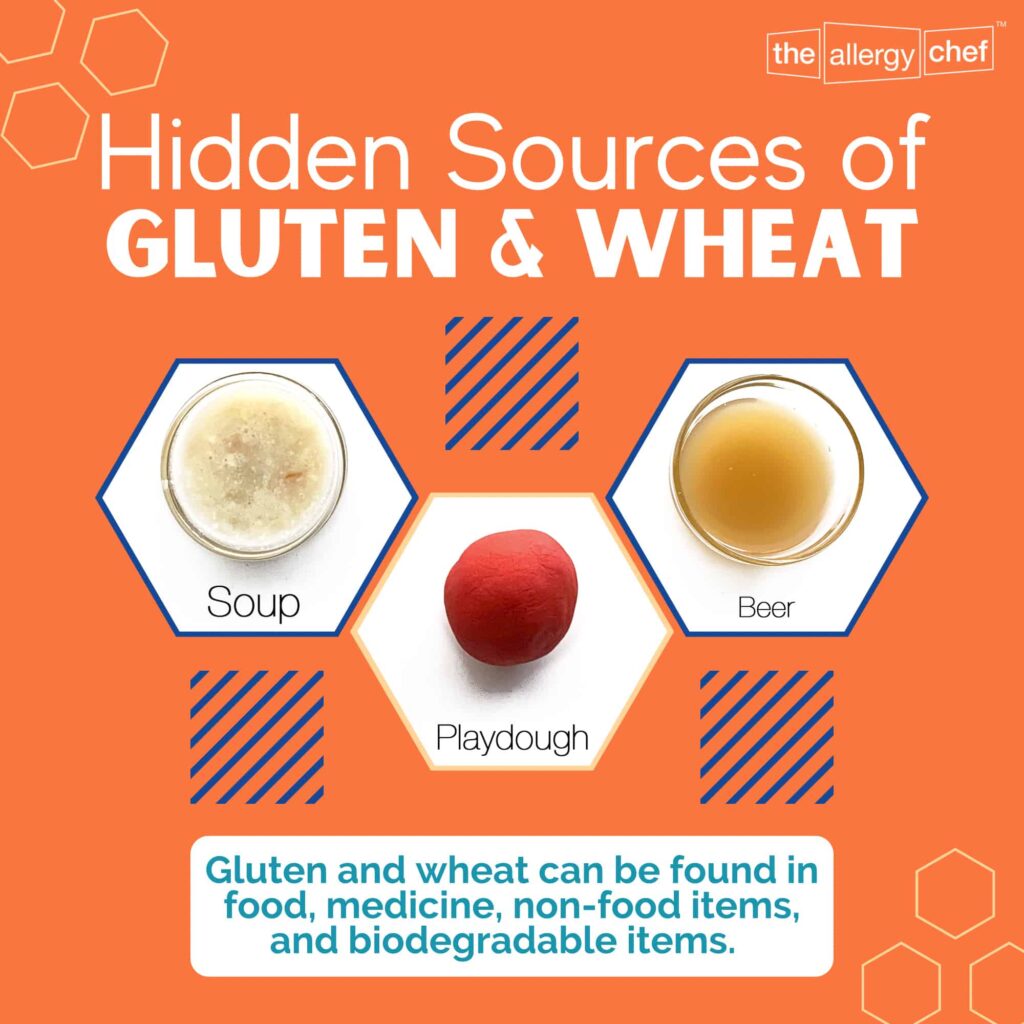 |
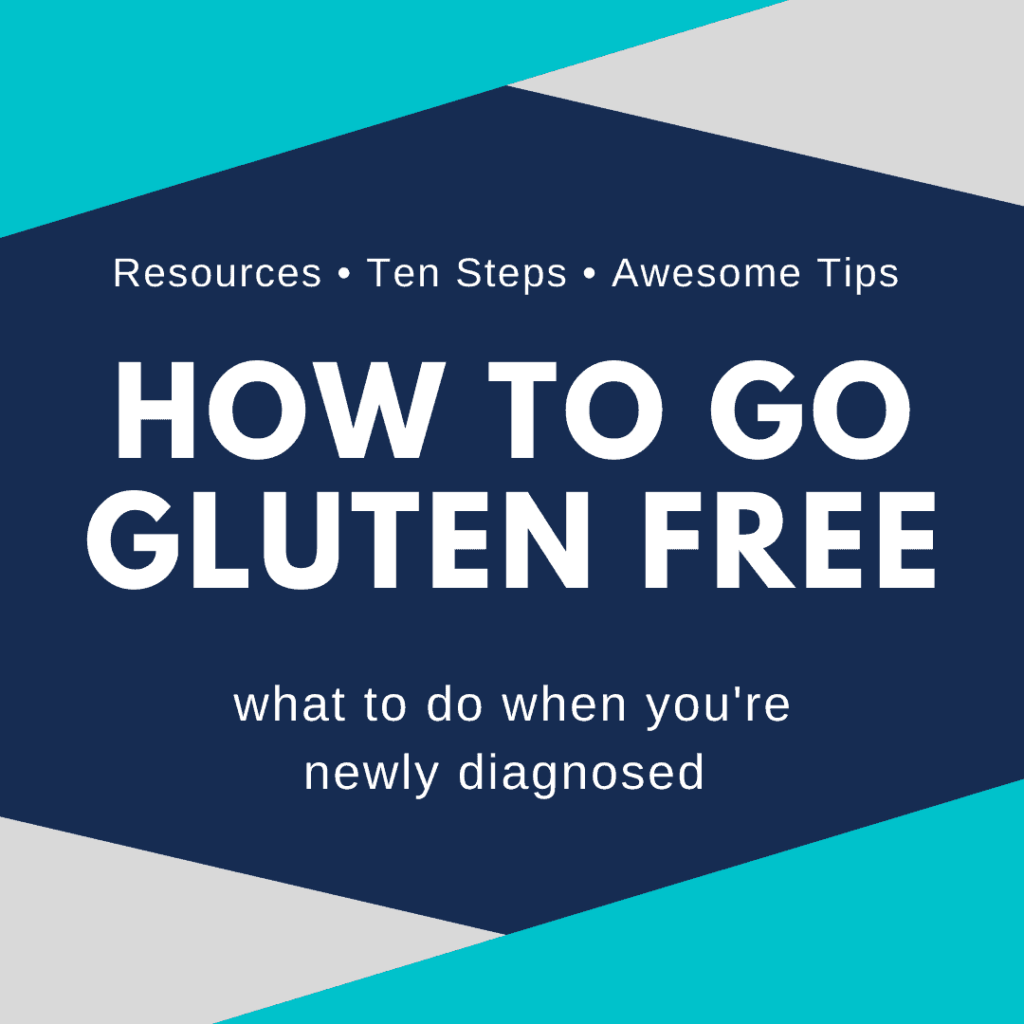 |
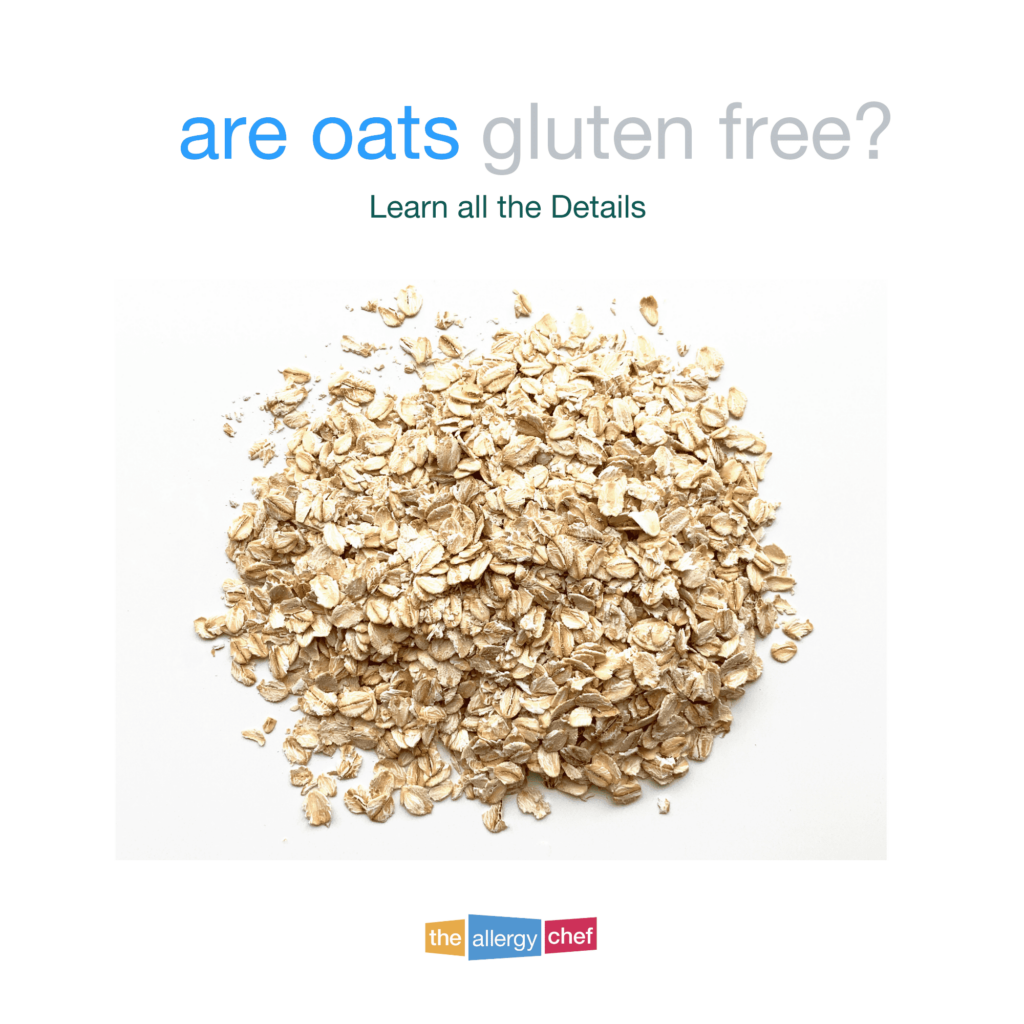 |
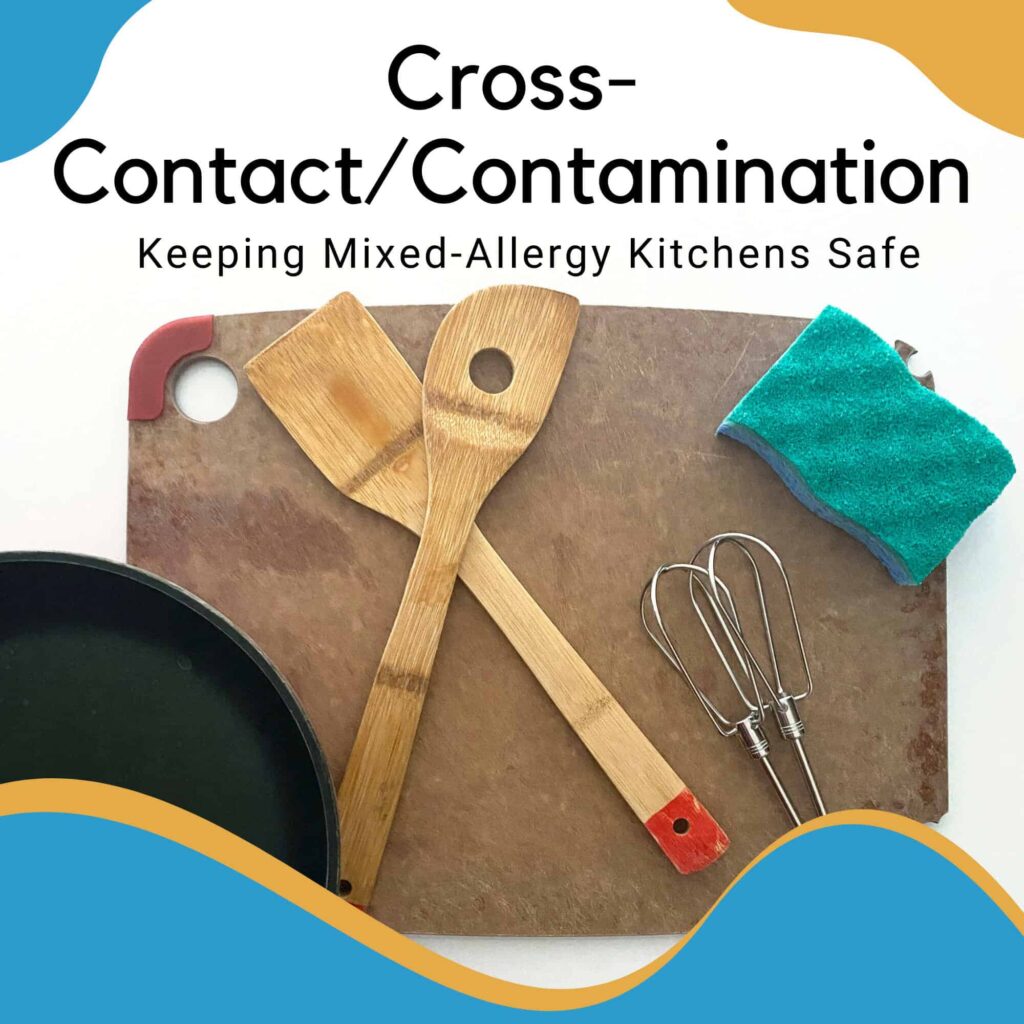 |
Barley and Gluten
Barley is one of several gluten-containing grains. If you see something labeled gluten free, it means barley should not be in the product. I say should because there’s more to the story. There are several ingredients that can be derived from barley, and every so often, you’ll see a gluten-free product that contains it. I’ve also seen some recipe developers call for barley derived ingredients, even though they’ve labeled the recipe gluten free.
What that means for you: be vigilant. Always read food labels and make sure the product will be safe for you. If ever there’s a question, reach out to the manufacturer.
Other gluten-containing grains include wheat (all variations) and rye. In some countries, oats are also considered a gluten-containing grain, and you can read all about that in this article.
Barley and Wheat
Whilst wheat and barley are two different crops, not everyone with a wheat allergy can tolerate barley. Some patients on a wheat allergy-free diet must also eliminate barley and other grains. This can be due to gluten, or for other reasons.
Wheat and barley both sources of gluten (along with rye). In wheat, it’s called giladin and in barley it’s called hordein. If you’d like to know more about how to go gluten free and eliminate wheat, rye, and barley, check out this article.
Barley Is Not One of the Common Food Allergies in the United States
In the United States, we have what’s called the Top 9 Allergens (wheat, milk, egg, soy, peanut, tree nut [including coconut as per the FDA], fish, shellfish, and sesame). In Europe, where they have the Top14 Allergens, “Gluten Containing Grains” are counted as a top allergen. They’ve included wheat, barley, rye, and oats in that term.
This is an important distinction to make as it affects the labels. Food allergen labeling laws dictate how major allergens are called out on a product. In the US, it must either be in bold, or in a “contains” statement. Since barley is not considered one of the top/common allergens, it won’t be called out or highlighted if it’s one of the ingredients in the product.
In Europe however, since barley falls under a gluten-containing grain, you should see it called out.
Know the Difference
Given the connection barley has to wheat and Celiac Disease, let’s look at some quick facts to help you understand the difference.
- A barley allergy is not the same as a wheat allergy.
- If you’re allergic to wheat, or following a wheat-free diet, you can eat barley (some people will need to inquire about shared equipment).
- Barley contains gluten, and should not be eaten if you have Celiac Disease, Non-Celiac Gluten Sensitivity, or other medical conditions that require the avoidance of gluten.
- Barley can be processed on the same equipment as wheat, rye, and oats (among many other cereal grain products). Make sure you’re sourcing barley that’s safe for you.
- Some alcoholic beverages contain barley. You can either purchase gluten free alcohol, or reach out to brands to ask specifically about barley.
List of Foods & Ingredients Made From Barley and Names for Barley
The following ingredients and foods are all derived from barley, and should be avoided:
- Barley Coffee (a coffee substitute)
- Barley Flour
- Barley Groats
- Barley Malt
- Barley Malt Extract
- Barley Water
- Gruel (can be made with wheat or a combination of wheat and barley)
- Malt
- Malt Flavoring
- Malt Vinegar (usually a term referring to barley, but not always)
- Malted Milk
- Malted Strup
- Pearl Barley (hull is removed and the barley is polished)
- Pot Barley
- Roasted Barley Tea
- Scotch Barley
- Whiskey (usually made from barley)
Hidden Sources of Barley
Barley isn’t commonly seen as a main ingredient in foods in the United States. However, it’s a very popular ingredient used in Africa, Europe, and the Middle East. The following foods can contain barley, so be sure to ask about it when trying different foods:
- Artisan Baked Goods
- “Gluten Removed” Beer (this is not the same as a naturally gluten free beer)
- Ice Cream (malt products)
- Mugimeshi (a Japanese meal mixed with rice)
- Soup (especially in the Middle East)
- Stew (including some traditional Jewish stews and Middle Eastern stews)
Barley, via malt, may be found in a range of baked goods and other packaged foods. Anytime you see “malt” you should assume it’s barley derived until you talk with the manufacturer.
Answering Your Barley Allergy Questions
I have Eosinophilic Esophagitis. I’m following the traditional EOE diet. Should I also be avoiding barley?
The traditional EOE diet is top 8 free + corn free + chicken free + beef free. In this case, unless your medical team has advised it, no, you don’t need to avoid barley. Within the top 8 major allergens, you’ll be avoiding wheat. If the top 8 major allergens were “gluten” instead of wheat, then you’d need to avoid barley.
In some patients, all gluten-containing foods are eliminated, then rye, barley, and oats are reintroduced. Ask your medical team if this would be a good trial for you. I’ll also add this: if you experience any type of allergic response when eating a barley containing food, stop eating it and seek medical help. Follow up with your medical team for next steps. Remember, no two people are the same, and each case of EOE is unique to the patient.
I’m gluten free and my local organic juice shop uses barley grass in a drink. Should I avoid this, or is it like wheatgrass where some people can have it?
If you’re allergic to barley, you should not drink juice containing barley grass. Someone allergic to barley will need to avoid eating all parts of the barley plant.
Someone who is gluten free only (perhaps Non-Celiac Gluten Sensitivity or an autoimmune disorder) may be able to consume wheatgrass and barley grass since the gluten proteins are not in the grass stalks. The grass does need to be cut at the proper time to avoid being exposed to gluten protein development. I will add, barley grass and wheatgrass can still be considered high risk products for those with Celiac Disease.
If it were me, I’d ask if the barley grass could be swapped for a different micro green, or left out completely.
If something is certified gluten-free, will it contain barley ingredients?
No. If something is labeled as certified gluten-free, it should not have any gluten-containing ingredients, including barley. There have been a few times where a company claims gluten free and has a barley derivative in the ingredients, but it’s usually not certified GF. This is why label reading is critical.
If you are gluten free, be aware of gluten free wheat starch, an ingredient that’s becoming a little more popular in gluten free products. Whilst you aren’t allergic to wheat, if shared equipment is an issue, you’ll need to reach out to manufacturers to make sure barley isn’t in the supply chain.
I have adverse reactions to wheat bread. There’s no barley in the ingredient list. Any idea on why this is happening?
There are a few reasons this could be happening. First, the bread may be made on shared equipment with barley. Not all food manufacturers own their equipment, and use what’s called a co-packer. It means the food is made on equipment used for many companies. I’ve found that about 30% of people with food allergies can’t eat food made on shared equipment with what they’re allergic to, and you may be one of those people.
Second, somewhere in the supply chain of the bread, it’s coming into contact with barley. It could be due to shared equipment or a shared facility with one of the ingredients in the bread. You’ll need to reach out to the bread manufacturer for more info on this.
Third, the label/ingredient list is incomplete. You’ll need to reach out to the company to ensure they aren’t using any ingredients not listed, dough conditioners not listed, etc. that could be derived from barley.
Fourth, it’s possible that you’ve also developed a wheat allergy. Depending on how you were diagnosed with your barley allergy, it’s possible that you don’t have a fully accurate diagnosis. Work with your medical team to run different tests, and possibly do food challenges. They may also have you challenge a different brand of bread to rule out a particular product verses wheat entirely.
If I’m allergic to barley, do I need to follow a strict gluten-free diet?
No, it means you need to avoid barley completely and follow a barley free diet. When someone avoids gluten completely (usually a person with Celiac Disease or Non-Celiac Gluten Sensitivity) it means they have removed wheat, rye, and barley from their diet. In some cases, oats are removed as well. Since you’re only allergic to barley, you don’t need to consume only gluten-free grains and gluten-free foods. You can still eat wheat, rye, and oats.
If shared equipment is an issue for you, you’ll still need to talk with manufacturers, as gluten-containing grains are often processed together. There are lots of wheat-based foods available that are barley free, but be sure to ask about the ingredients in the foods to avoid list above. It’s not uncommon to see barley malt or malt vinegar in a range of products you wouldn’t expect to see it in.
Can I still eat soy sauce if I’m allergic to barley?
Generally speaking, yes, you can still eat soy sauce if you’re allergic to barley. Very sensitive individuals who can’t consume foods made on shared equipment with what they’re allergic to will need to reach out to manufacturers. Soy sauce contains wheat, and there’s a possibility that the wheat in the soy sauce was made on shared equipment with barley.

